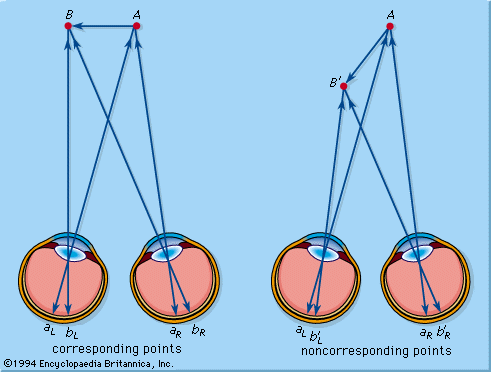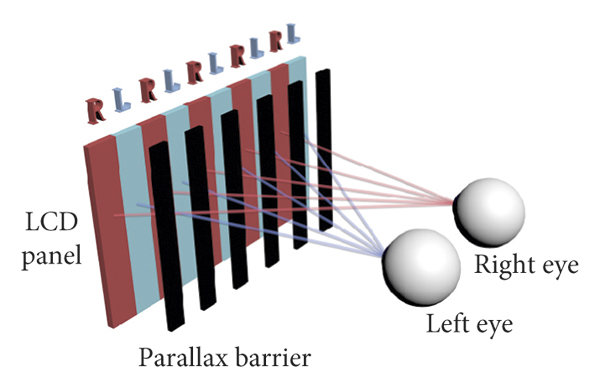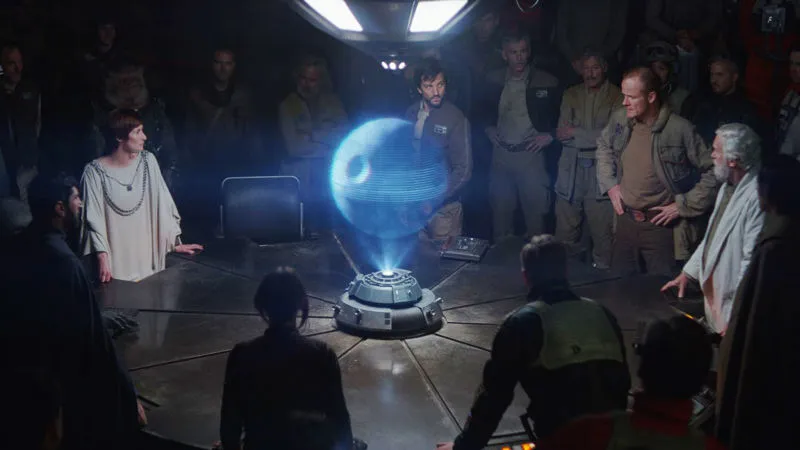Glasses-Free 3D: What It Is & How to Create It Yourself
In 2021, a giant 3D cat appeared in Shinjuku East Exit. The clever use of a curved screen and spatial dislocation made it seem as if the cat could tumble right out of the screen at any moment. Its adorable antics were a huge hit. It's the captivating power of glasses-free 3D, a technology that's turning heads and transforming the way we experience visual content.

Glasses-free 3D technology has advanced by leaps and bounds in recent years. Giant LED screens on commercial buildings are no longer limited to simply showcasing image quality. By cleverly combining optical illusions and captivating animations, they can create incredibly realistic scenes that deliver a powerful visual impact.
But how can an image magically transform into a three-dimensional spectacle without those special lenses filtering the view? The answer lies in clever engineering and the science of how we perceive depth.
Unlocking Depth Perception: The Science Behind the Magic
Our brains are masters of visual trickery. We perceive depth in the real world because each eye captures a slightly different perspective of the same scene. Our brain then merges these two images, creating the illusion of depth. Glasses-free 3D technology, also known as autostereoscopic, replicates this natural process.

Instead of relying on glasses to separate images for each eye, autostereoscopic displays use various techniques to direct different images to each eye directly:
Lenticular Lens Technology: Imagine a screen covered in tiny lenses, each directing light in a specific direction. These lenses ensure that each eye sees a slightly different set of pixels, creating the illusion of depth.

Parallax Barrier: This method employs a layer with strategically placed slits that act as a filter. These slits allow specific pixels to reach each eye, again creating the disparity needed for 3D perception.

Volumetric Displays: Taking a different approach, volumetric displays actually project 3D images into space. This technology is still in its early stages but holds immense potential for incredibly realistic glasses-free 3D experiences.

Creating Your Own Glasses-Free 3D: A Reality for Everyone?
While the science might sound complex, creating your own glasses-free 3D content is becoming increasingly accessible. Platforms like Animagen are empowering creators to convert their existing 2D content into immersive 3D experiences.

Imagine transforming your photos and videos into captivating 3D masterpieces, all viewable without those cumbersome glasses. Animagen utilizes advanced algorithms to analyze your content and generate the necessary depth information, making the conversion process remarkably user-friendly.
Beyond Entertainment: Glasses-Free 3D's Expanding Horizons
While the entertainment industry is undoubtedly a driving force behind glasses-free 3D development, its potential extends far beyond movies and games. Imagine:
Medical Marvels: In the healthcare sector, glasses-free 3D displays enable medical professionals to visualize and analyze 3D medical imaging data, such as CT scans, MRI scans, and ultrasound images, with greater depth perception and clarity. This can lead to improved diagnosis and treatment planning.
Educational Adventures: Glasses-free 3D displays provide an engaging and interactive learning experience in educational settings. Students can visualize complex concepts, anatomical structures, or historical artifacts in 3D, enhancing their understanding and retention.
Retail Reinvention: In the retail sector, glasses-free 3D displays can be used to showcase products in a more engaging and interactive way, allowing customers to visualize and explore products from different angles before making a purchase decision.
Automotive and Aerospace: Glasses-free 3D displays are being utilized in the automotive and aerospace industries for design visualization, simulation, and training purposes. They can provide a more realistic representation of vehicle interiors, aircraft components, or flight simulations.
A Future Unfolding in 3D
Glasses-free 3D technology is evolving rapidly, continually pushing the boundaries of what’s possible. While current limitations, such as narrow viewing angles and resolution constraints, still exist, significant progress is being made with each new iteration. For instance, companies like Looking Glass Factory and Leia Inc. are developing advanced displays that offer wider viewing angles and higher resolution, making the technology more practical for everyday use.
Research and development in this field are driven by a strong demand for more immersive and accessible 3D experiences. According to a report by MarketsandMarkets, the glasses-free 3D display market is projected to grow significantly in the coming years, driven by advancements in display technology and increasing applications in advertising, entertainment, and education.
So, the next time you reach for a pair of 3D glasses, remember that a future free from those cumbersome frames is on the horizon. Imagine a world where depth and dimension leap from screens, captivating our senses and transforming the way we interact with digital content. The question isn't if glasses-free 3D will become mainstream, but when. And when it does, be prepared to have your perspective shifted, literally.